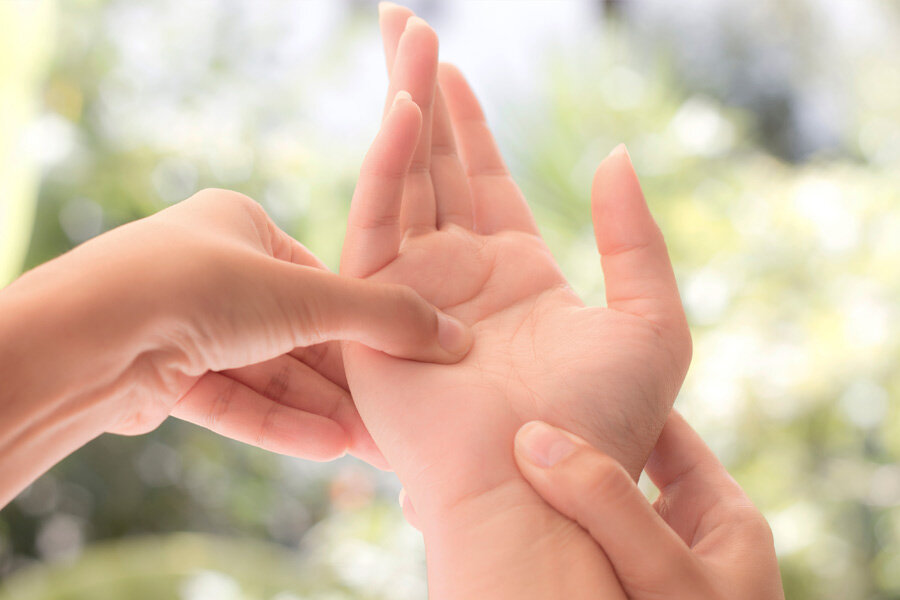
Needle-Free Options
Colorpuncture
Colorpuncture or color light acupuncture, is an alternative medicine practice which uses colored lights to stimulate acupuncture points and promote healing and better health. It is a form of color therapy. Esogetic Colorpuncture involves colored light therapies, infrared frequencies, ultraviolet frequencies, brain wave therapies, sound therapies, and crystal therapies as indicated by Kirlian Energy Emission Analysis to gently unlock and release emotional trauma and energetic blocks which often underlie our illnesses. See: What Is Colorpuncture?
Cupping
Cupping is a technique that uses small glass cups, bamboo jars or plastic cups as suction devices that are placed on the skin. There are several ways that a practitioner can create the suction in the cups. One method involves swabbing rubbing alcohol onto the bottom of the cup, then lighting it and putting the cup immediately against the skin. Flames are never used near the skin and are not lit during the process of cupping, but rather are a means to create the heat that causes the suction within the small cups. Cupping is valuable for pain and injuries. It is also useful in treating the lungs by clearing congestion from a common cold or help to control a person’s asthma. Respiratory conditions are one of the most common maladies that cupping is used to relieve. Three thousand years ago, in the earliest Chinese documentation of cupping, it was recommended for the treatment of pulmonary tuberculosis.
Shiatsu/Acupressure
Shiatsu is based primarily on Traditional Chinese Medicine and Masunaga Theory. This means that energy pathways will be balanced, locally and distally, rather than certain muscles being massaged. The client remains fully clothed during treatment and no oils or lotions are used. The word Shiatsu can be translated as “finger pressure”. During a session the therapist applies comfortable, sustained pressure to various parts of the body in order to help life energy or “chi/qi” flow properly. Qi flows along pathways referred to as Meridian lines. The therapist works on a Meridian line to improve blood flow, muscle tone and posture. The goal of Shiatsu is to trigger the body’s own natural healing powers to help restore vitality and prevent disease by harmonizing the body, mind and spirit.
Essential Oils
It is believed that the inhalation of essential oils stimulates the part of the brain connected to smell – the olfactory system; a signal is sent to the limbic system in the brain that controls emotions and retrieves memories. This may cause chemicals to be released, which make the person feel relaxed, calm, or even stimulated. Essential oils are naturally occurring, volatile aromatic compounds found in the seeds, bark, stems, roots, flowers, and other parts of plants. There are different grades of essential oils and it is important to choose an oil that is not synthetic or perfume based, but is a true food grade essential oil. The quality of an essential oil makes an important difference in its effects.
Moxibustion
Moxibustion (often referred to as moxa) is a traditional Chinese medicine (TCM) technique that involves the burning of mugwort, (a small spongy herb), to facilitate healing. Moxibustion has been used throughout Asia for thousands of years; The purpose of moxibustion is to strengthen the blood, stimulate the flow of qi, and maintain general health. Moxibustion is generally used on people who have a cold or stagnant condition. The burning of moxa is believed to expel cold and warm the meridians, which leads to smoother flow of blood and qi. In Western medicine, moxibustion is most famous for successfully turning breech babies into a normal head-down position prior to childbirth. A landmark study published in the Journal of the American Medical Association in 1998 found that up to 75% of women suffering from breech presentations before childbirth had fetuses that rotated to the normal position after receiving moxibustion at an acupuncture point on the Bladder meridian.
Shonishin
Shonishin is a non-invasive, non-needle, painless Japanese acupuncture system. It is commonly used for infants and children, teenagers and adults. In the same way, their nervous systems and immune systems respond rapidly to gentle techniques.






